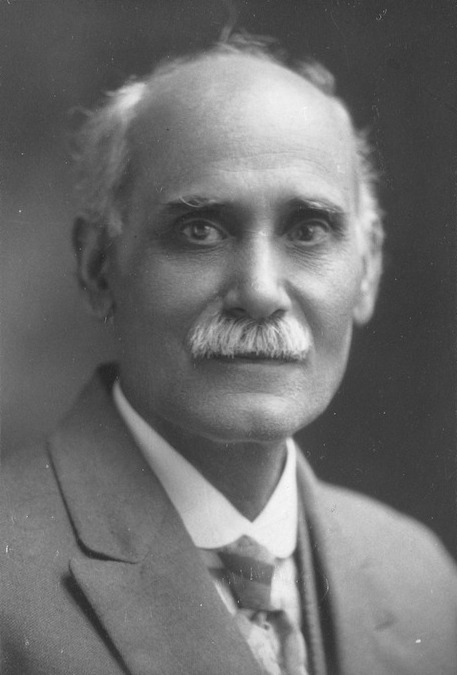Wikipedia promotes open access knowledge, accessibility, and unbiased information. Gone are the days of Wikipedia being misjudged for incredibility, its reputation now promotes a collaborative community-driven model that provides free knowledge to all. While Wikipedia strives to display unbiased information, bias still exists in what content is and isn’t present on the site. This is reflective of not only what information is favoured on secondary sites but the dominance of Eurocentric knowledge on Wikipedia. This manifests in editing wars where other users promptly delete ‘Aotearoa’ and replace it with just ‘New Zealand’. In order to fill the gaps and diversify the content on Wikipedia, this diversity needs to be reflected in its contributors, users, and engagement.
Tāmaki Paenga Hira Auckland Museum’s involvement with Wikimedia projects is long-running and active. Evident in the presence of myself and three other Wikipedia interns, through the Sheldon Werner Summer Studentship Programme, who carried out a 10-week placement as Auckland Museum’s Wikipedians in residence. Joining the Collections Information Access team, alongside project manager James Taylor and fellow Wikipedian in residence Marty Blayney, our current Wikimedia project aims to support the newly introduced Aotearoa New Zealand compulsory history curriculum which focuses on local histories and bigger picture thinking. Our contributions aim to provide resources for teachers and students, to be an accessible starting point to explore the scope of Tāmaki Makaurau’s diverse history.
Part of the project’s aim was to reframe local histories and encourage people to connect with history in a more dynamic way. Early on in the project, it was identified that it was important to encourage students to develop their own research or history interests and find their own connections with the world around them, outside of an institutional context. I channelled this though first exploring my immediate surroundings in my local suburb of Onehunga. Churches that I walk past every day host points of contact for community members and are a vital part of Onehunga’s heritage. Our Lady of the Assumption Catholic Church in Onehunga is among the oldest churches in Auckland, built between 1887 and 1889. It was once the Catholic parish for early colonial settlers to the area and now hosts a multicultural parish with services in English, Samoan, Tongan, Tamil, Filipino, Rotuman, Slovakian, and Afrikaans.
After exploring my local suburb, I decided to do some research drawing from my arts background. Creating artist profiles and exhibition pages highlighted the lack of representation of New Zealand artists of migrant and Asian descent on Wikipedia. With hopes to carve a space in Wikipedia for diasporic, migrant, and minority people to legitimise the presence of diversity in Tamaki Makaurau. I created biographies for artists such as Sarah Dutt and Mandrika Singh and writer Ghazaleh Golbakhsh.
I soon found myself down a research rabbit hole of early South Asian immigration to Aotearoa. This led me to the story of Phomen Singh (ਫੁੰਮਣ ਸਿੰਘ; 1869/1870 – 27 May 1935), one of New Zealand’s first Indian settlers. Born in the Moga district of Punjab, Singh, along with his brother Bir Singh, arrived in Aotearoa around 1892. Singh found success as a hawker and travelled door to door selling Indian sweets, curries, and chutneys out of a suitcase. He later started a confectionary company, ‘Abraham, Singh and Company, Indian Lolly Manufacturers’ alongside Charlie Abraham, a Muslim man who taught him the trade. Singh’s arrival marked the start of three ripples of Punjabi migration to Aotearoa, prior to the Immigration Restriction Amendment Act of 1920 which mainly targeted Asian immigration.
Singh was not New Zealand’s first Indian migrant however the documentation of his life highlights the triumphs and struggles of many migrants who came after him. Singh encountered racism and violence such as an incident where his turban was torn off, leading him to cut his hair short and no longer wear a turban. The pain of leaving homelands and the reality of migrant assimilation mirrors similar stories of today. My positionality urged me to share these stories, and make them more accessible through Wikipedia so we can collectively celebrate these cultural connections and engage with an often overlooked part of Tāmaki Makraurau and Aotearoa’s cultural heritage.

Can you help us translate this article?
In order for this article to reach as many people as possible we would like your help. Can you translate this article to get the message out?
Start translation
